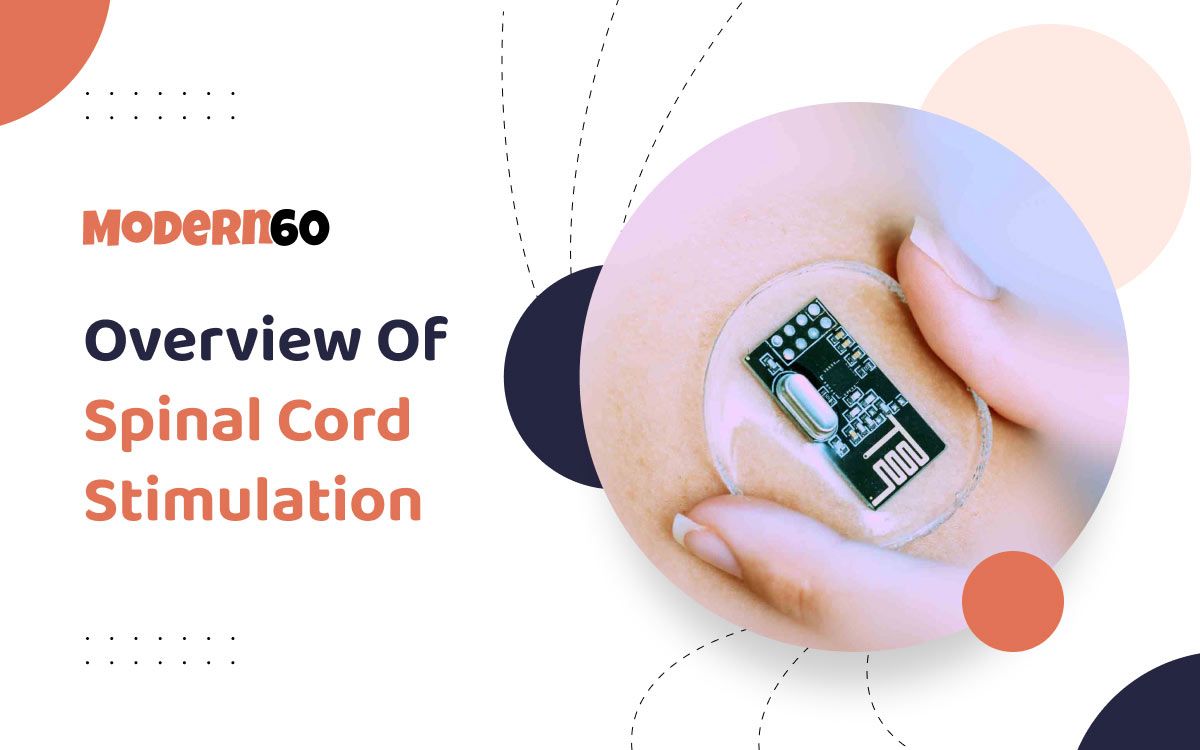How to Read Tarot Cards
Tarot cards are a mystical tool for self-reflection and guidance. Whether you’re seeking answers or exploring your intuition, learning to read tarot can be an empowering journey. Let’s break down...

By Modern60
Last Updated on,
May 15th, 2025

An Overview Of Spinal Cord Stimulation
A spinal stimulator is a neuromodulation device that is surgically implanted inside the body to send electric signals to the spinal cord. It is done in order to treat chronic pain conditions that did not respond to any conservative therapies or treatment plans. It is also known as the “pain pacemaker”.
Spinal cord stimulation is an effective alternative therapy providing adequate pain relief to the patients. The device that is implanted in the body covers the pain signals before they reach the brain. It helps the patients deal with severe pain symptoms without any side effects and pain medications.
So, if you are facing persistent chronic aches in your body, visit a doctor and schedule an appointment to undergo spinal stimulator implantations.

The Editorial Team at Modern60 is a group of highly skilled professionals with diverse backgrounds in journalism, content creation, editing, and digital media. They bring a wealth of experience and expertise to ensure that every piece of content meets our strict editorial guidelines and quality standards. The team is dedicated to delivering accurate, well-researched, and engaging content across various subjects, including health, wellness, lifestyle, and current events. With their commitment to upholding the highest standards of journalism and content creation, the Modern60 Editorial Team is the driving force behind our mission to empower and inspire our readers.


Unlock expert insights and tips with our exclusive ebook. Enter your email to get your free copy.
Please check your email for a welcome message from Modern60. If it's not in your inbox, kindly check your spam or junk folder
There are no comments yet